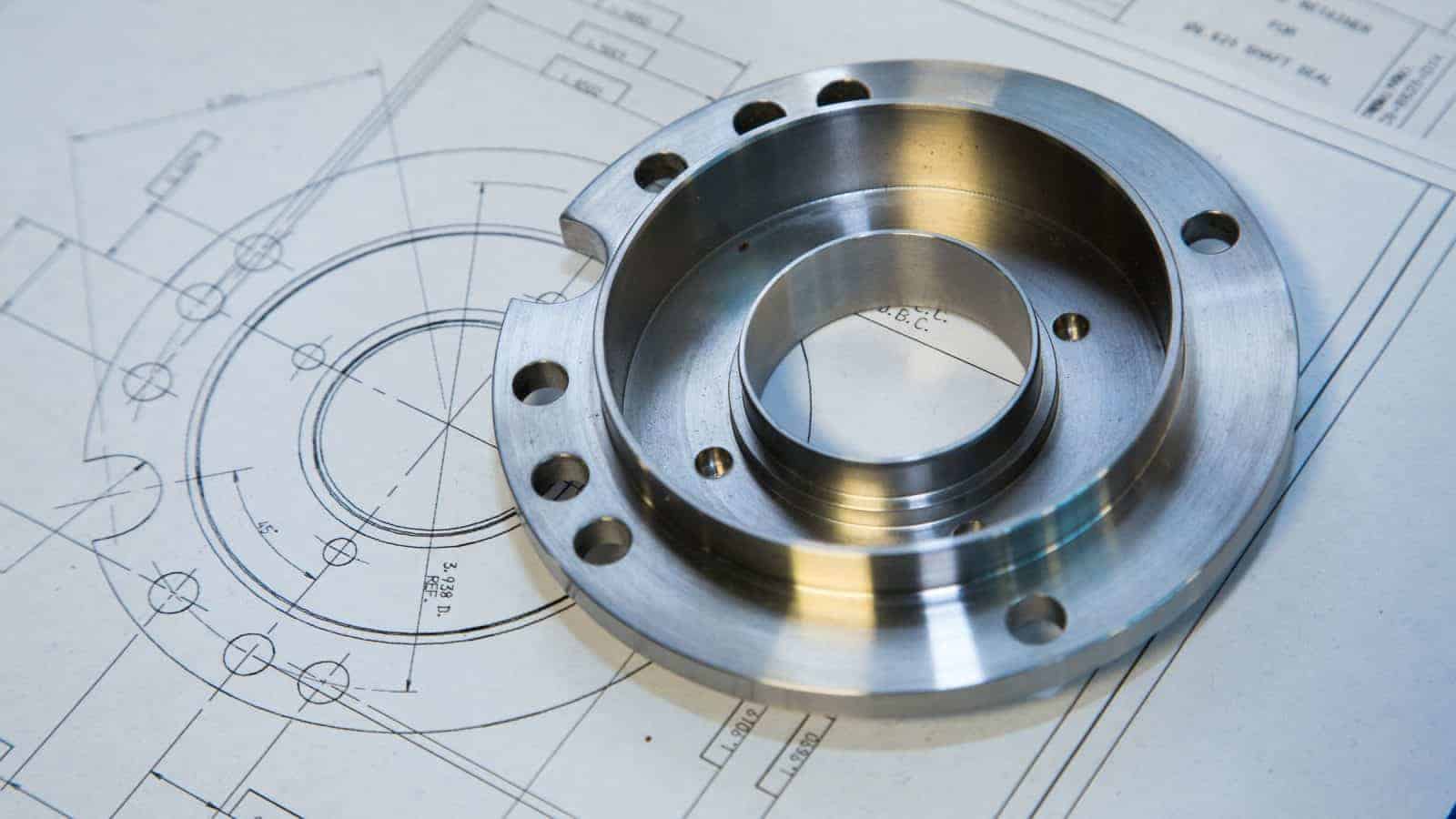Using Traditional Energy to Generate Geothermal Power

Researchers seeking new methods of generating thermal energy are now trying something new: the oil and gas industry (POLITICO’s E&E News).
What’s going on: “State research officials in North Dakota are examining two new options—pairing geothermal with active oil and gas sites and using captured carbon dioxide as a feedstock for geothermal power production.”
- The state gave the go-ahead in June for a $250,000 feasibility study looking at “whether those two new geothermal technologies could be used” there.
Why it’s happening now: President Trump signed an executive order in April, calling for the elimination of “all illegitimate impediments” to the development of geothermal projects.
- Geothermal power enjoys bipartisan support in Congress, and federal tax incentives for both geothermal and carbon capture and storage have “created an environment where companies and researchers can start to explore different methods of production,” Matt Villante, an earth scientist with the Pacific Northwest National Laboratory, told E&E News.
- In addition, the 45Q tax credit, which offers an incentive for carbon management undertakings that capture carbon dioxide, was preserved in the recent reconciliation bill.
How it works: Researchers are exploring several different methods for using captured carbon dioxide to produce geothermal energy, which is traditionally extracted “by drilling and pumping up brine from deep within the earth.”
- One method would involve injecting large amounts of carbon dioxide into the ground to push out the brine.
- “Another approach could be pushing CO2 underground to the heat source, and pumping back up the heated CO2 to power the turbines, then injected the cooled carbon dioxide back underground in a closed-loop system.”
- A third way would use hydraulic fracturing to break up “hot dry rock” using carbon dioxide.
Yes, but…Despite the support for geothermal, actual projects to harness it are thin on the ground.
- In 2023, only about 0.4% of U.S. power came from geothermal sources, according to the U.S. Energy Information Administration, as “investors … [wait] for the existing technology to become safer bets.”
The NAM says: “While geothermal represents a small portion of the energy mix now, the NAM supports efforts to invest in developing the technology so that the U.S. has more sources in its all-of-the-above energy portfolio,” said NAM Director of Energy and Resources Policy Michael Davin.
